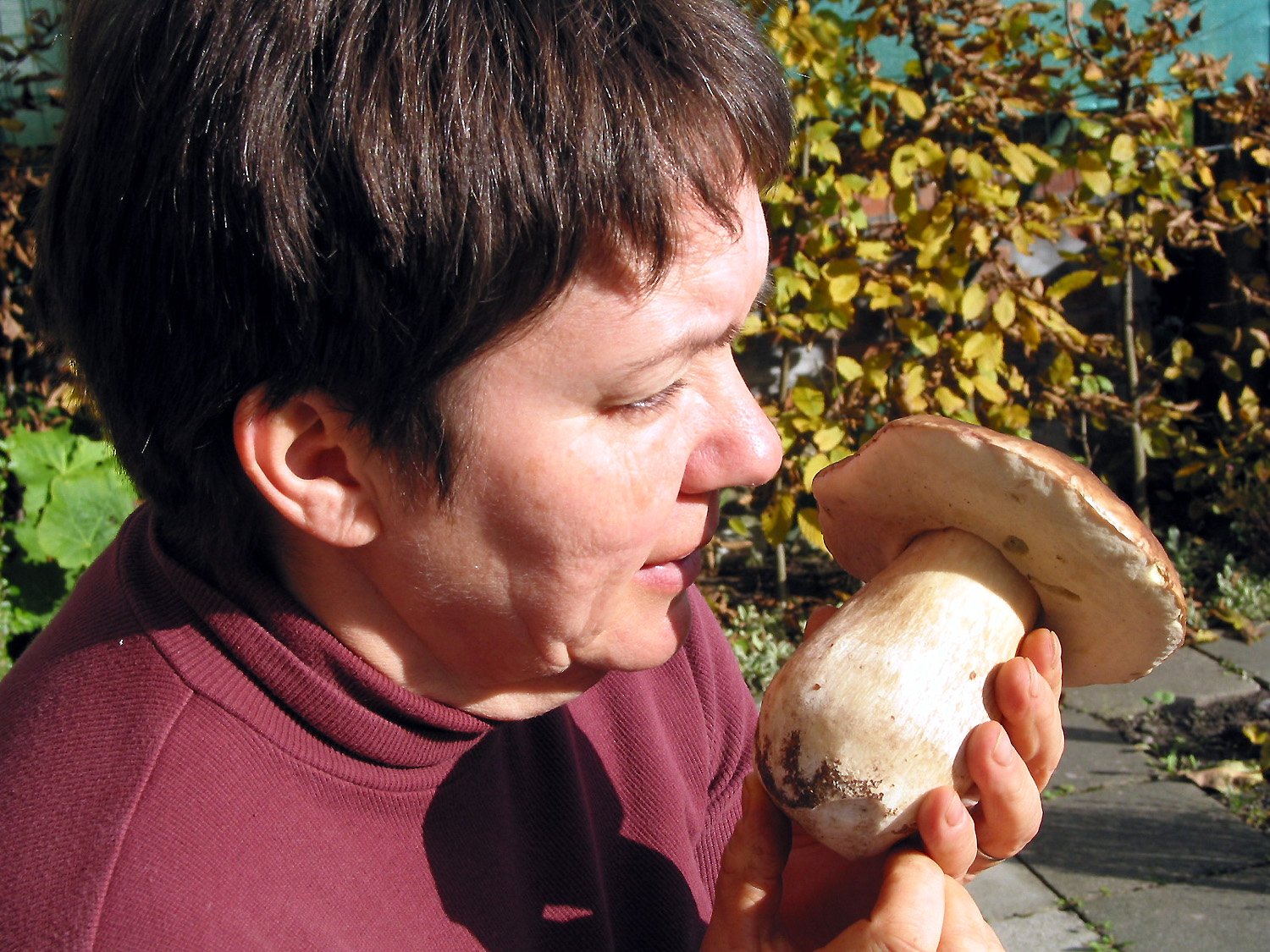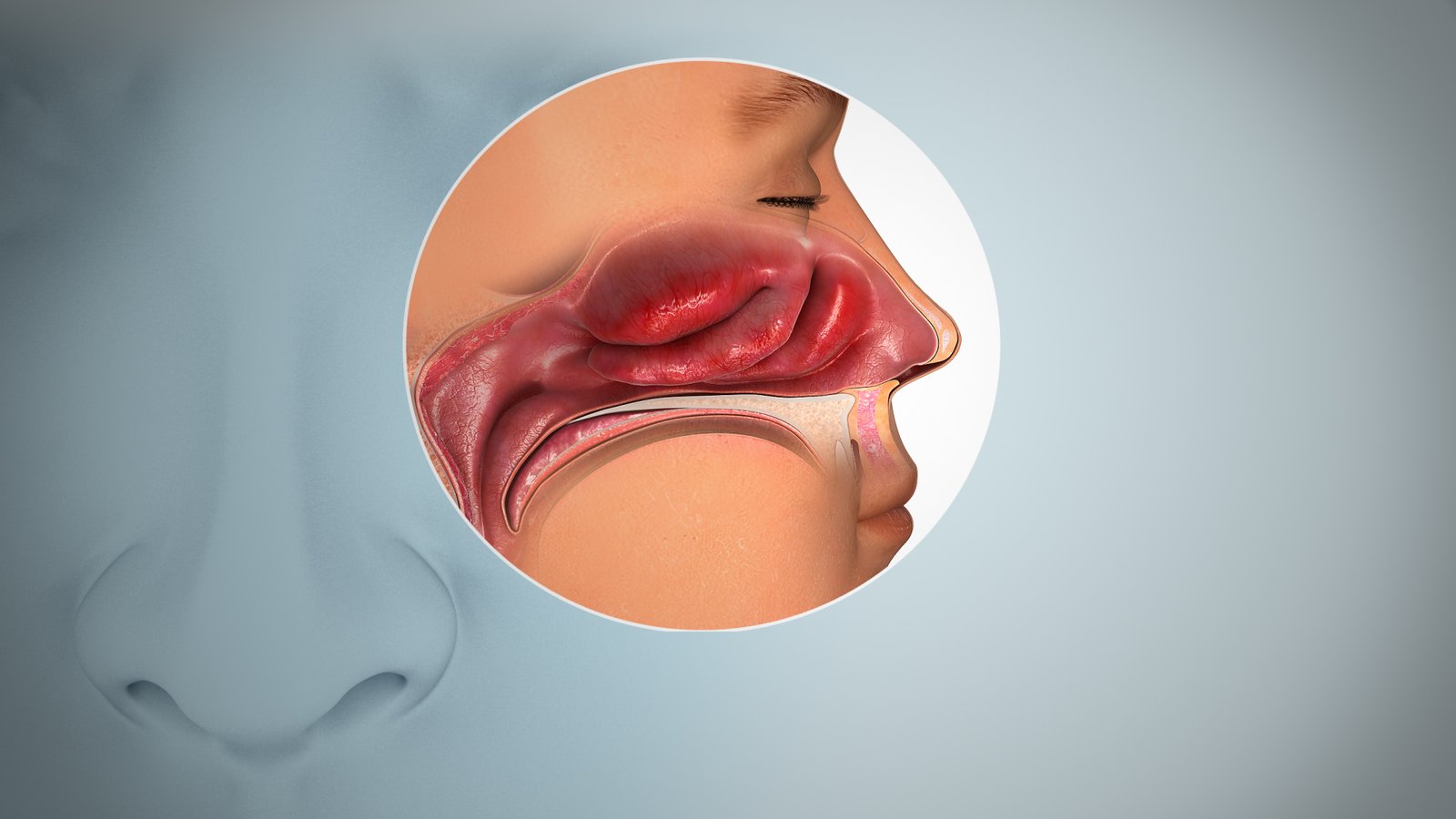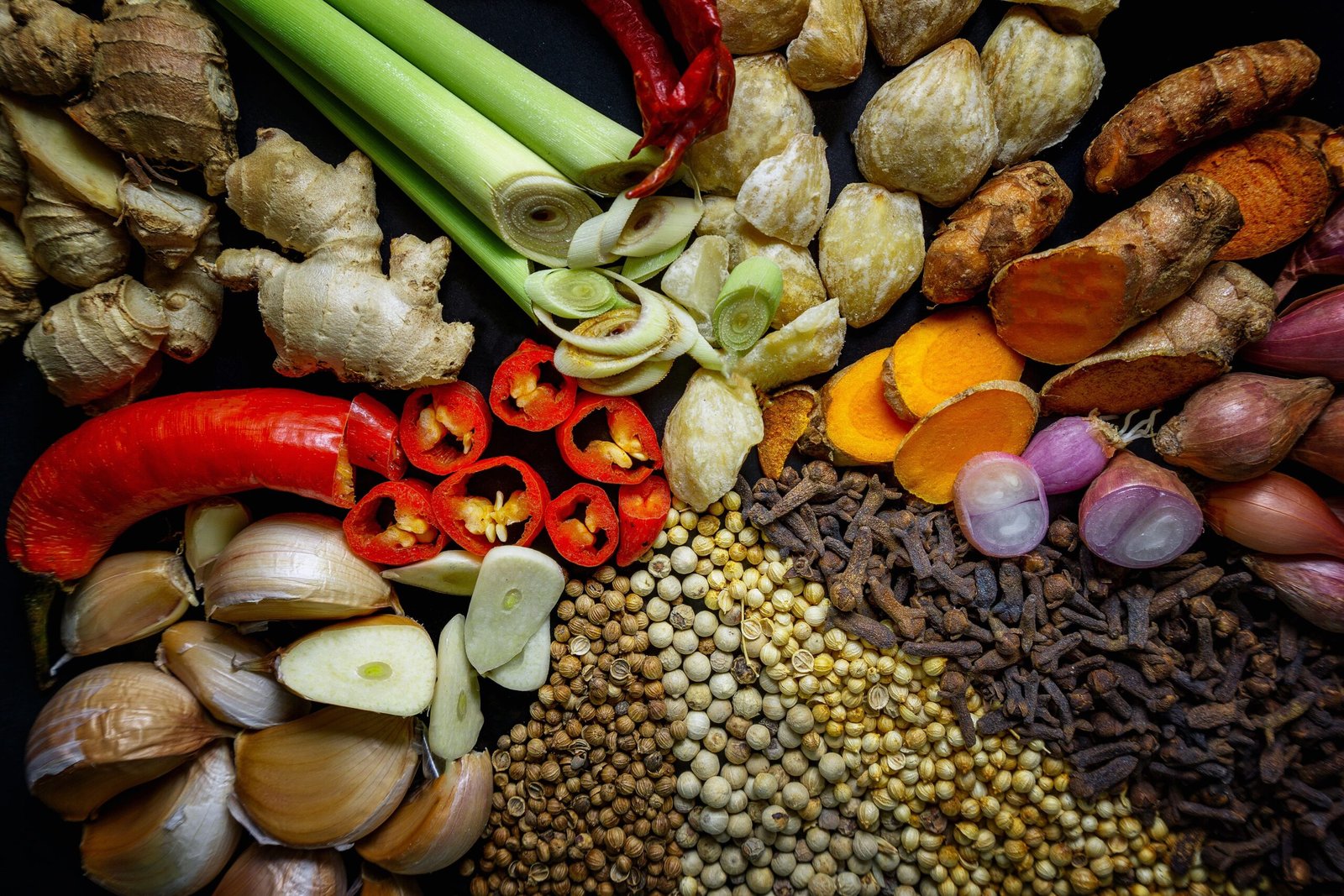Have you ever wondered why nothing tastes right when you have a cold? Imagine biting into a juicy, ripe strawberry, expecting a burst of flavor, only to feel like you’re chewing on a bland piece of rubber. That’s the curious trick your nose plays on you every single day. We think our tongues do all the work when it comes to tasting food, but the truth is far stranger and more fascinating. Your nose is the secret chef behind almost every delicious meal you’ve ever enjoyed. Without it, even your grandmother’s famous apple pie would taste like cardboard. Let’s unravel the mysterious, invisible partnership between your nose and your taste buds—a relationship so surprising, you’ll never look at your next meal the same way again.
The Surprising Power of Smell
Smell is a sense that often hides in the background, quietly working its magic without much fanfare. But when it comes to food, your nose is a superstar. Aromas drifting from a simmering stew or a fresh loaf of bread don’t just make your mouth water—they set the stage for how you’ll “taste” what’s on your plate. The nose detects thousands of odor molecules, each adding a distinct note to the flavor symphony. This is why, with a blocked nose, even the most flavorful foods seem dull and lifeless. It’s like watching a colorful movie in black and white.
How Taste and Smell Collaborate
Taste and smell form a dynamic duo, working together in ways most of us never realize. Your tongue can only sense basic tastes: sweet, salty, sour, bitter, and umami. But your nose steps in, picking up the complex, subtle molecules released as you chew. These aromas travel up a backdoor route—from your mouth to your nose—called the retronasal pathway. This hidden partnership is what transforms a simple spoonful of soup into an experience bursting with herbs, spices, and the essence of each ingredient.
The Tongue: Just the Beginning
While the tongue is the first to greet your food, it’s really only scratching the surface. Think of the tongue as the opening act at a concert, setting the stage for the real show: your sense of smell. Without the nose, the tongue can’t tell the difference between a slice of apple and a slice of raw potato—they both taste mostly like water with a hint of sweetness. It’s the aroma molecules, swirling up to your nose, that turn a bland bite into a memory.
What Happens When You Have a Cold?
If you’ve ever caught a nasty cold, you know how unfair it feels when your favorite meals suddenly lose all appeal. Nasal congestion blocks the flow of aroma molecules, so even your favorite comfort food tastes “off.” Scientists call this phenomenon anosmia—the loss of smell—which can make even spicy chili or a zesty lemon tart seem as dull as plain rice. No amount of extra salt or sugar can bring back the flavor, because without your nose, those complex notes are lost.
The Science of Flavor
Flavor isn’t just a taste—it’s an elaborate illusion crafted by your brain. When you eat, your nose and mouth send signals that your brain blends into what you perceive as flavor. This process involves olfactory receptors in your nose, specialized nerves in your tongue, and even your eyes and ears. Researchers have found that up to 80% of what we call “taste” is actually smell. The tiny molecules that waft up your nose are the real artists behind that unforgettable meal.
The Role of Retronasal Olfaction
Retronasal olfaction sounds complicated, but it’s happening every time you eat. As you chew, food releases volatile molecules that travel from the back of your mouth up into your nasal cavity. This “backdoor” route is what lets you experience the layered flavors of chocolate, coffee, or roasted garlic. Without retronasal olfaction, even the richest foods lose their magic. It’s like listening to your favorite song with the volume turned way down.
Evolution’s Clever Trick

Our reliance on smell for tasting food isn’t an accident—it’s a clever evolutionary trick. Early humans needed to quickly identify safe, nutritious foods and avoid dangerous ones. Smell provided a fast, reliable way to judge what was on the menu. Spoiled meat or rotten fruit gives off a foul odor, warning us to stay away. Fresh, ripe foods release irresistible aromas that trigger hunger and excitement. Nature designed our senses to keep us curious—and alive.
Why Some Smells Make Us Hungry
Have you ever walked past a bakery and suddenly craved a pastry, even if you weren’t hungry? That’s your nose at work, activating powerful pathways in your brain linked to appetite and memory. Certain scents—like cinnamon, vanilla, or grilled onions—can spark a flood of memories and emotions, making your stomach rumble. These smells are tied to positive experiences, so just a whiff can change your mood and make you crave a treat you didn’t even know you wanted.
When Smell Goes Missing

Losing your sense of smell—temporarily or permanently—can be devastating. For many people, anosmia leads to a loss of appetite, weight changes, and even depression. Food becomes uninteresting, and the joy of eating fades away. People who lose their sense of smell due to illness or injury often describe the world as flat and colorless. The emotional impact is real, reminding us just how much we rely on this invisible sense.
Children, Taste, and Smell

Children are especially sensitive to smells, which shape their food preferences for life. A child’s first taste of a new food is as much about the aroma as it is about the flavor. That’s why picky eaters often turn up their noses at unfamiliar dishes. As kids grow, their sense of smell matures, and their palate expands. Encouraging children to explore new smells can open up a world of flavors they might otherwise miss.
Smell and Memory: An Unbreakable Link
The connection between smell and memory is one of the most powerful in the brain. A single scent can transport you back in time—grandma’s kitchen, holiday dinners, or summer barbecues. Scientists have found that the olfactory bulb, which processes smells, is closely linked to the brain’s memory center. That’s why a whiff of fresh basil or smoky barbecue can bring back a flood of emotions and vivid scenes from your past.
Perfume on Your Plate

Chefs and food scientists often talk about building layers of aroma in their dishes, much like a perfumer creates a fragrance. Herbs, spices, and even smoke are used to add depth and complexity to food. The next time you enjoy a dish with fresh cilantro, toasted sesame oil, or roasted garlic, notice how the aromas build and change as you eat. You’re not just tasting—you’re experiencing a carefully crafted performance for your nose.
Why Hot Foods Taste Stronger
Temperature plays a surprising role in how you perceive flavor. Hot foods release more aroma molecules, which makes their flavors seem stronger and more intense. Think about the difference between cold pizza and a fresh, steaming slice—one is dull, the other makes your senses come alive. Warmth helps aromas travel more easily from your mouth to your nose, unlocking new layers of taste with every bite.
Global Cuisines and Signature Aromas
Every culture has signature ingredients and aromas that define its cuisine. The scent of cardamom in Indian chai, the tang of fish sauce in Thai food, or the smoky aroma of barbecue in the American South—these smells are as important as taste. They shape culinary identity, evoke nostalgia, and bring people together around the table. Exploring world cuisines is really a journey for your nose as much as your taste buds.
Artificial Flavors: Fooling the Nose
Modern food science has learned to mimic the aromas of real foods using artificial flavors. These lab-created molecules can trick your nose into thinking you’re eating strawberries, vanilla, or even bacon. While these flavors can be convincing, they often lack the complexity and depth of the real thing. Real foods have hundreds of aroma compounds, while artificial flavors usually rely on just a handful. Your nose can often tell the difference, even if your tongue can’t.
The Nose and Wine Tasting
Wine lovers know that tasting is really all about smelling. Swirling a glass of wine releases a cloud of aroma molecules, which sommeliers describe in poetic terms—fruity, floral, earthy, or spicy. Experienced tasters can identify dozens of scents in a single glass, from blackcurrant to leather to freshly cut grass. The tongue picks up sweetness, acidity, and bitterness, but the nose is what tells you if a wine is truly special.
Cooking with Your Nose
Great cooks rely on their noses as much as their taste buds. Smelling your ingredients before, during, and after cooking can tell you if something is fresh, ripe, or perfectly seasoned. Many chefs say they can “smell” when a dish is ready, even before tasting it. Trusting your nose in the kitchen can help you create more flavorful, memorable meals.
A World Without Smell

Imagine a world where everything tastes the same—no spicy curry, no fresh-baked bread, no tangy oranges. For people who lose their sense of smell, this is a daily reality. Scientists are working hard to understand the causes of smell loss and find ways to restore this vital sense. Meanwhile, those of us who can still enjoy the full range of flavors have a daily reason to be grateful.
Testing Your Own Sense of Smell
Curious about how much your nose matters? Try this simple experiment: pinch your nose shut and eat a jellybean. What do you taste? Probably just sweetness. Now let go and breathe in—the real flavor rushes in, and suddenly you know if it’s cherry, lemon, or licorice. This little trick proves just how much your nose shapes every bite.
Protecting Your Sense of Smell
Your sense of smell can fade with age, illness, or injury. But there are ways to keep it sharp. Avoiding smoking, protecting your nose from strong chemicals, and treating nasal infections promptly can all help. Some scientists even recommend “smell training”—regularly sniffing a variety of scents to keep your nose sensitive. A healthy nose means a richer, more enjoyable life at the table.
Reflecting on the Invisible Feast
The next time you sit down to eat, take a moment to savor the aromas rising from your plate. Remember, you’re not just using your tongue—you’re engaging in a complex dance of senses, memories, and emotions, all woven together by your nose. Every flavor, every craving, every food memory is shaped by this hidden sense. Has your nose ever surprised you with a favorite scent or unexpected flavor?



